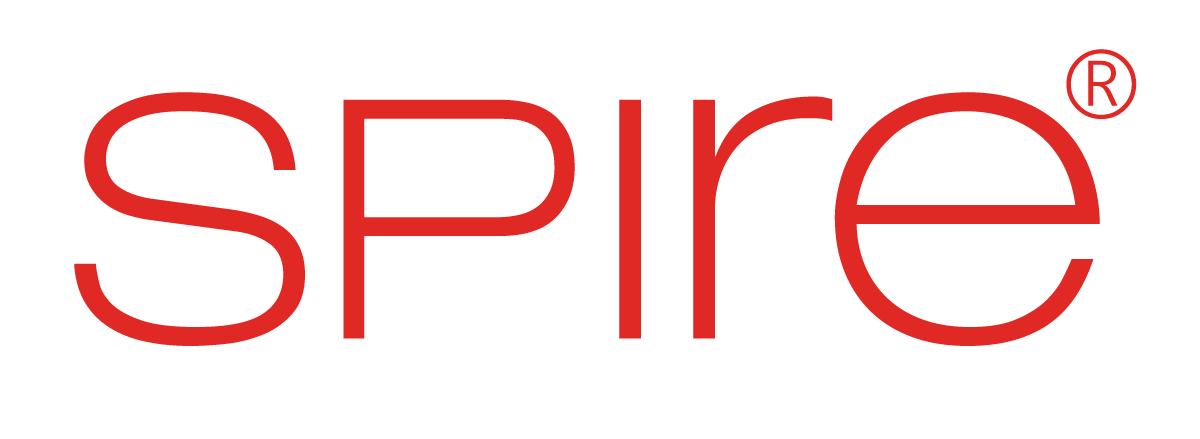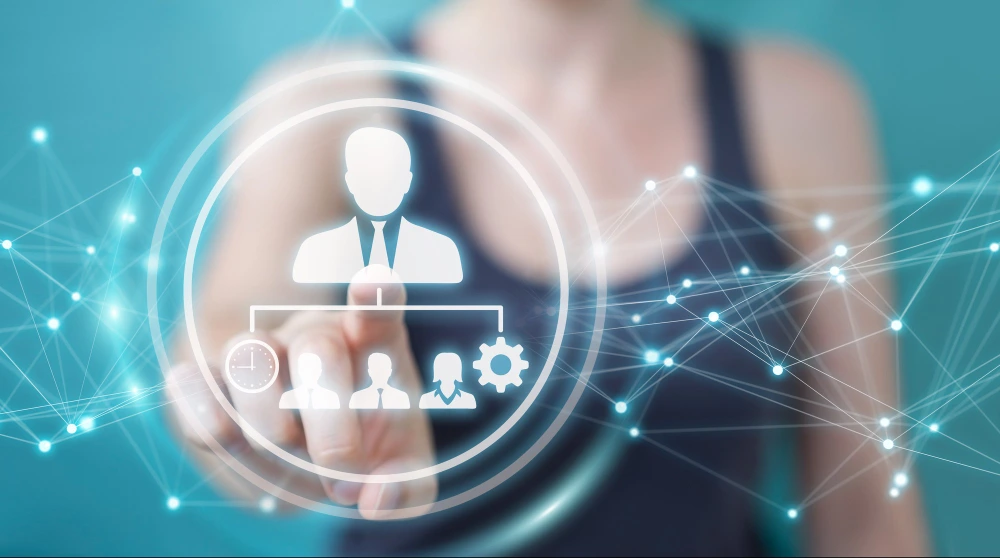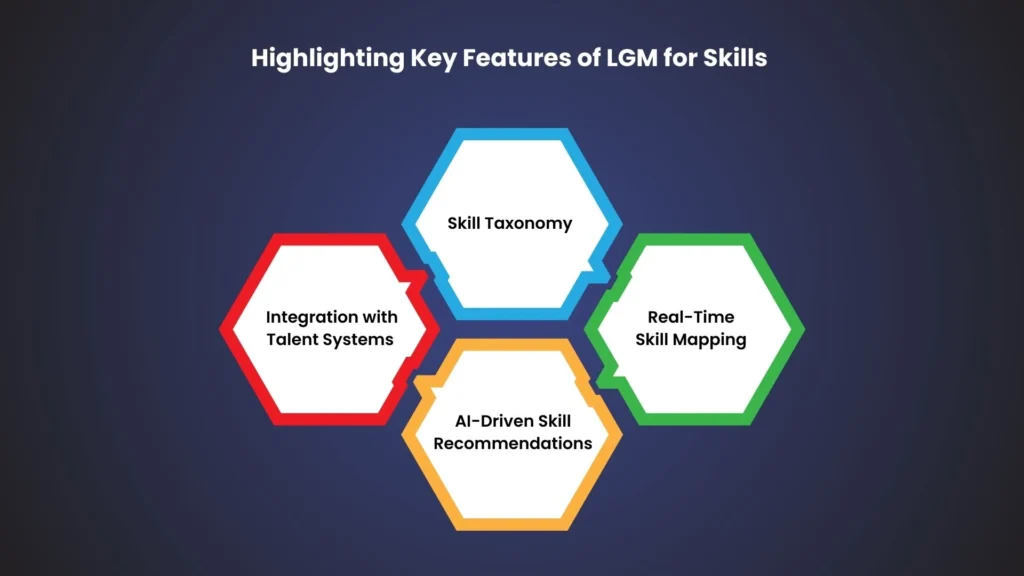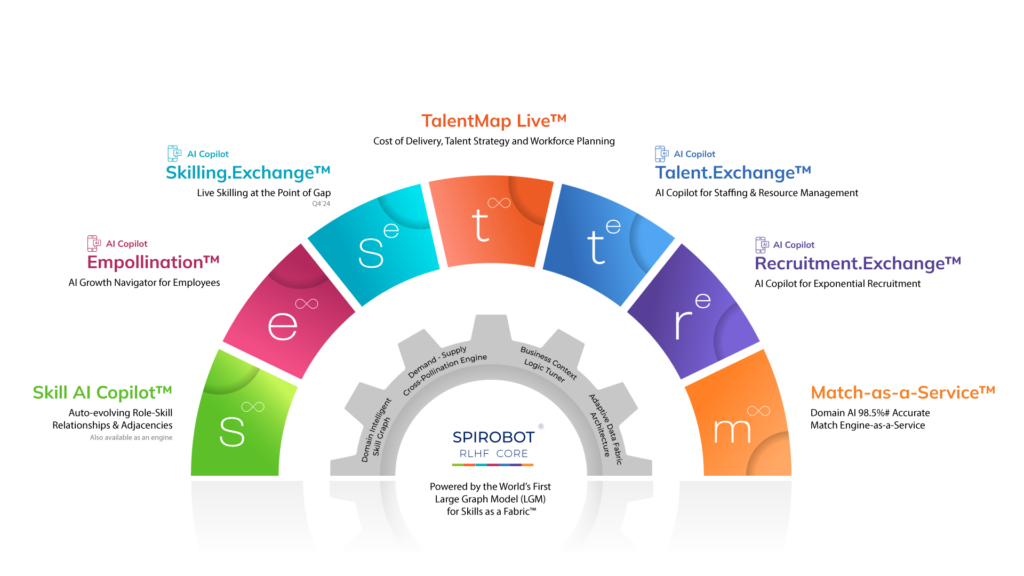As organizations seek to optimize talent operations, the transition to a skills-based operating model has become a strategic imperative. Traditional role-based approaches often lead to inefficiencies, misalignment, and a rigid workforce structure that stifles agility. Large Graph Model (LGM) for Skills presents a transformative solution by enabling organizations to dynamically map, assess, and align workforce skills with business objectives.
By leveraging LGM for Skills, enterprises can enhance workforce agility, bridge skill gaps, and build an adaptive talent ecosystem that supports sustained growth and innovation. This article explores the implementation of LGM for Skills in crafting a robust skills-based operating model, providing actionable strategies to enhance talent operations.
The Shift Towards a Skills-Based Operating Model: Understanding the Limitations of Traditional Role-Based Structures
Traditional role-based models are structured around predefined job titles, descriptions, and responsibilities, which, while historically effective, now present major challenges. These structures fail to capture the intricate and evolving nature of skills that employees develop through experience, projects, and training.
Additionally, job descriptions are often outdated, leading to talent deployment and development inefficiencies. As a result, employees may be overqualified or underutilized, creating bottlenecks in workforce planning and career progression. Moreover, these rigid frameworks discourage cross-functional mobility, making it difficult for employees to transition into roles that align better with their evolving skill sets.
Why a Skills-Based Approach Matters
A skills-based operating model moves beyond rigid job titles and focuses on the actual capabilities of individuals, providing greater flexibility and optimization in talent operations.
- Skill Adjacencies Enable Internal Mobility: In a skills-based framework, organizations assess employees based on their existing skills and how they relate to adjacent skills. This enables smoother role transitions within the company, reducing dependency on external hiring and fostering a more agile workforce.
Employees are no longer restricted to a single career path but can explore opportunities that align with their competencies, creating a dynamic talent marketplace within the organization. - Data-Driven Learning & Development: With the help of AI-driven skill mapping, organizations can precisely identify the specific upskilling and reskilling needs of employees. Personalized learning and development (L&D) programs can be curated, ensuring that training initiatives are targeted and effective.
Rather than a one-size-fits-all training approach, employees receive development opportunities tailored to their career goals and the organization’s needs, improving both engagement and performance. - Precision in Workforce Planning: A skills-based approach allows organizations to conduct real-time skill gap analyses, making workforce planning more strategic. Rather than hiring reactively when skill shortages arise, companies can proactively address future talent needs by continuously monitoring and aligning skills with business objectives. This data-driven approach ensures that enterprises remain competitive in their industries by building a future-ready workforce.
- Proactive Talent Pipelines: Businesses that adopt a skills-based approach can anticipate and fill skills gaps before they become critical. By tracking emerging skills and industry trends, companies can develop strong internal talent pipelines, reducing reliance on external recruitment. This forward-thinking strategy ensures continuity in business operations while fostering a culture of internal mobility and professional growth.
By shifting to a skills-based approach, companies can improve talent deployment, increase productivity, and build a workforce that is adaptable to business needs.
Large Graph Model (LGM) for Skills: An Overview
LGM for Skills is an advanced AI-driven framework that structures, analyzes, and dynamically maps skills within an organization. It functions as a comprehensive knowledge graph that connects employees, roles, projects, learning pathways, and business objectives through highly scalable and intelligent nodes.
Unlike traditional HR databases that store static records, the LGM for Skills actively learns and updates itself based on real-time interactions. It contextualizes skill relationships, enabling deeper insights into skill adjacencies, workforce capabilities, and future talent requirements. The integration of Domain Intelligent AI significantly enhances LGM for Skills by allowing it to learn industry-specific nuances, align skills with domain-specific demands, and create tailored workforce solutions.
Key Features of LGM for Skills
LGM for Skills offers a robust framework that integrates AI-driven analytics with talent operations, allowing organizations to manage workforce capabilities more effectively. By leveraging Domain-Intelligent AI, businesses can dynamically track, assess, and align employee skills with evolving industry needs. The following are some of the core features that make LGM for Skills a powerful tool for talent optimization.
- Skill Taxonomy and Ontology Development
- Establishes a structured and evolving repository of skills.
- Captures relationships between skills, competencies, and job functions.
- Uses Domain-Intelligent AI to refine skill categorization based on industry trends.
- Enhances workforce visibility by creating a unified skills lexicon across departments.
- Real-Time Skill Mapping and Analytics
- Identifies employees’ skills dynamically based on work contributions, learning experiences, and feedback mechanisms.
- Uses AI-powered analytics to assess workforce capability gaps and predict future skill needs.
- Highlights skill adjacencies, allowing employees to transition between roles efficiently.
- Recognizes emerging skills and suggests talent development strategies proactively.
- Suggests personalized learning paths tailored to individual career progression.
- Matches employees to projects, mentorships, and training programs that align with their evolving skill sets.
- Ensures employees stay competitive by continuously updating skill profiles.
- Uses Domain-Intelligent AI to tailor recommendations to specific business needs.
- Seamlessly integrates with HRIS, Learning Management Systems (LMS), and workforce planning tools.
- Automates skill-based job matching, internal mobility pathways, and project allocation.
- Enables AI-powered decision-making in hiring, retention, and workforce planning.Connects to external labor market trends to benchmark skills competitively.
Looking Ahead: The Future of Talent Operations with LGM for Skills
As organizations increasingly prioritize workforce agility and skills intelligence, LGM for Skills is poised to play a transformative role in the evolution of talent operations. The traditional methods of workforce planning and development, which rely on static job descriptions and linear career progressions, are becoming obsolete.
Businesses must shift to an approach that dynamically aligns employee skills with strategic goals, market trends, and technological advancements. LGM for Skills, augmented by Domain-Intelligent AI, provides the intelligence needed to navigate this transition effectively.
By leveraging LGM for Skills, companies can proactively address skill gaps, anticipate workforce trends, and drive a culture of continuous learning and internal mobility. The integration of Domain-Intelligent AI allows organizations to refine workforce strategies with industry-specific insights, ensuring that employees are equipped with the most relevant and in-demand skills.
This shift toward a skills-based talent model will not only enhance operational efficiency but also foster a more engaged and future-ready workforce.
How LGM for Skills Will Transform Talent Operations
LGM for Skills provides a revolutionary approach by leveraging AI-driven analytics to assess, map, and optimize workforce capabilities in real time. By integrating Domain-Intelligent AI, businesses can enhance their talent strategies with data-driven decision-making, ensuring they remain competitive in a rapidly changing environment.
This section explores how LGM for Skills will drive workforce agility, improve talent development, and redefine hiring and learning methodologies to create a more resilient and future-ready organization.
- Accelerated Workforce Agility
- LGM for Skills enables businesses to dynamically assess skill proficiencies and match employees to new roles or projects in real time. Organizations will no longer be confined to rigid job descriptions but can fluidly reallocate talent based on immediate and future business needs.
- AI-driven insights allow companies to predict and react to market disruptions by ensuring that their workforce possesses the necessary capabilities to adapt quickly.
- Industry-Specific Skills Intelligence
- With the integration of Domain-Intelligent AI, organizations can contextualize skill demands within their respective industries. This means businesses in technology, healthcare, finance, or manufacturing can tailor workforce development strategies based on sector-specific needs.
- Benchmarking against industry-wide skills trends allows businesses to remain competitive and proactively train employees in emerging competencies.
- Proactive Talent Development and Retention
- The ability to identify future skills shortages and address them through personalized training programs will reduce talent attrition. Employees will have clear, data-driven career progression paths aligned with their aspirations and market demand.
- Skills-based career progression models ensure that employees see meaningful growth opportunities within their organizations, leading to higher engagement and job satisfaction.
- Scalable Workforce Planning
- Organizations can move away from reactive workforce planning to a more strategic approach by leveraging LGM for Skills predictive capabilities. Data analytics will inform workforce strategies, ensuring that businesses can scale efficiently in response to demand fluctuations.
- AI-driven talent marketplaces will facilitate access to external talent pools, enabling companies to engage contingent workers, freelancers, or gig economy professionals as needed.
- Redefining Hiring and Learning Strategies
- Traditional hiring models will be replaced with skills-based hiring, where candidates are assessed based on competencies rather than degrees or job titles. This ensures a more inclusive and effective talent acquisition process.
- AI-driven L&D programs will personalize learning experiences, ensuring that employees receive relevant and timely upskilling opportunities. Continuous learning will become an integral part of talent management, reinforcing workforce resilience in the face of technological advancements.
By adopting LGM for Skills, organizations will not only optimize their current talent operations but also future-proof their workforce strategies. The convergence of Domain-AI, data analytics, and skills intelligence marks a new era in HR and workforce planning—one that prioritizes agility, precision, and sustained employee growth.
The future of talent operations is shifting towards AI-driven skills intelligence, where organizations must harness technology to remain competitive. The integration of Domain-Intelligent AI within LGM for Skills will provide companies with deeper insights into workforce dynamics, ensuring that skills are developed in alignment with market trends.
Strategic Imperatives for a Skills-Driven Future
The shift toward a skills-based operating model is no longer optional, it is a business imperative. LGM for Skills, powered by Domain-Intelligent AI, provides the infrastructure needed to transform talent operations, ensuring organizations remain competitive in a skills-first economy.
Businesses that adopt these AI-driven models will experience enhanced efficiency, increased workforce adaptability, and sustained growth in an evolving marketplace. Organizations must proactively integrate LGM for Skills to create a future-ready workforce that can seamlessly adapt to the demands of tomorrow’s business landscape.







